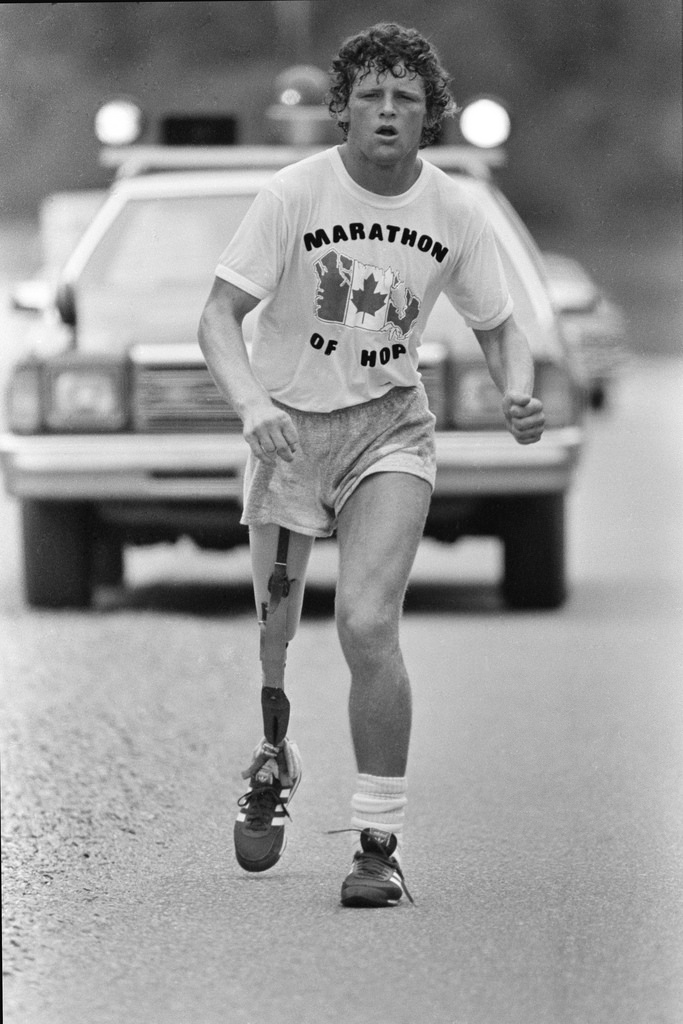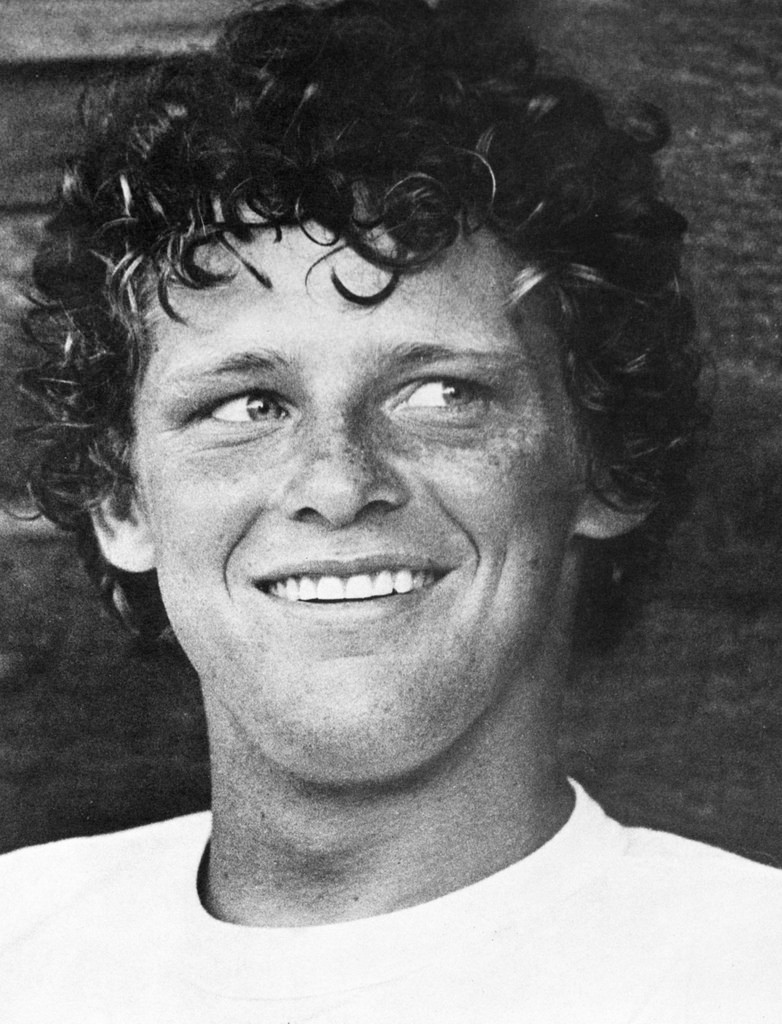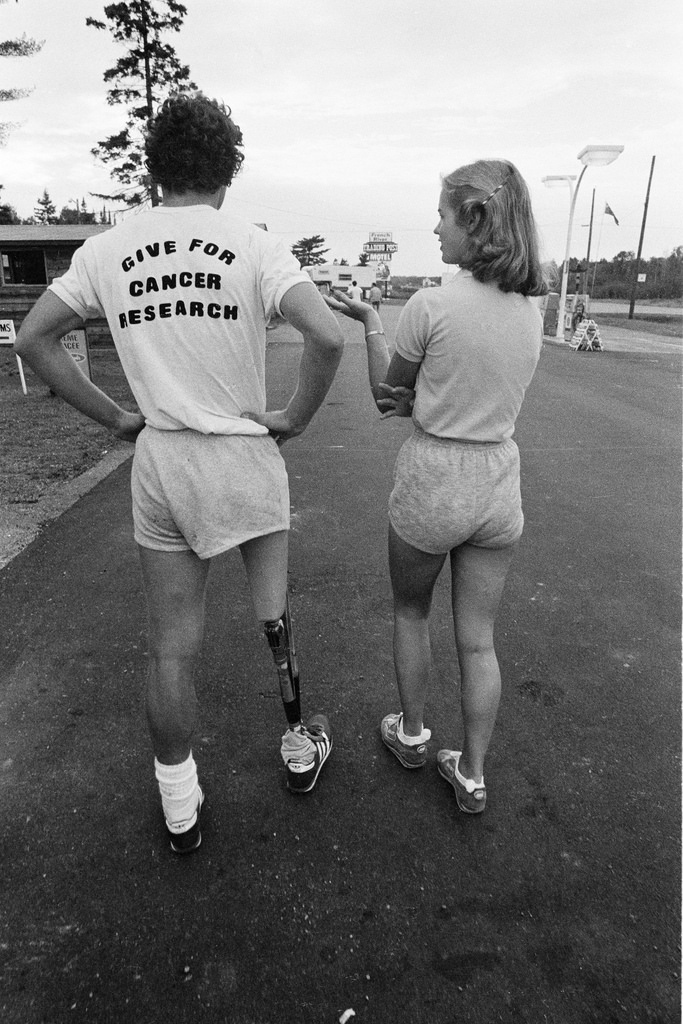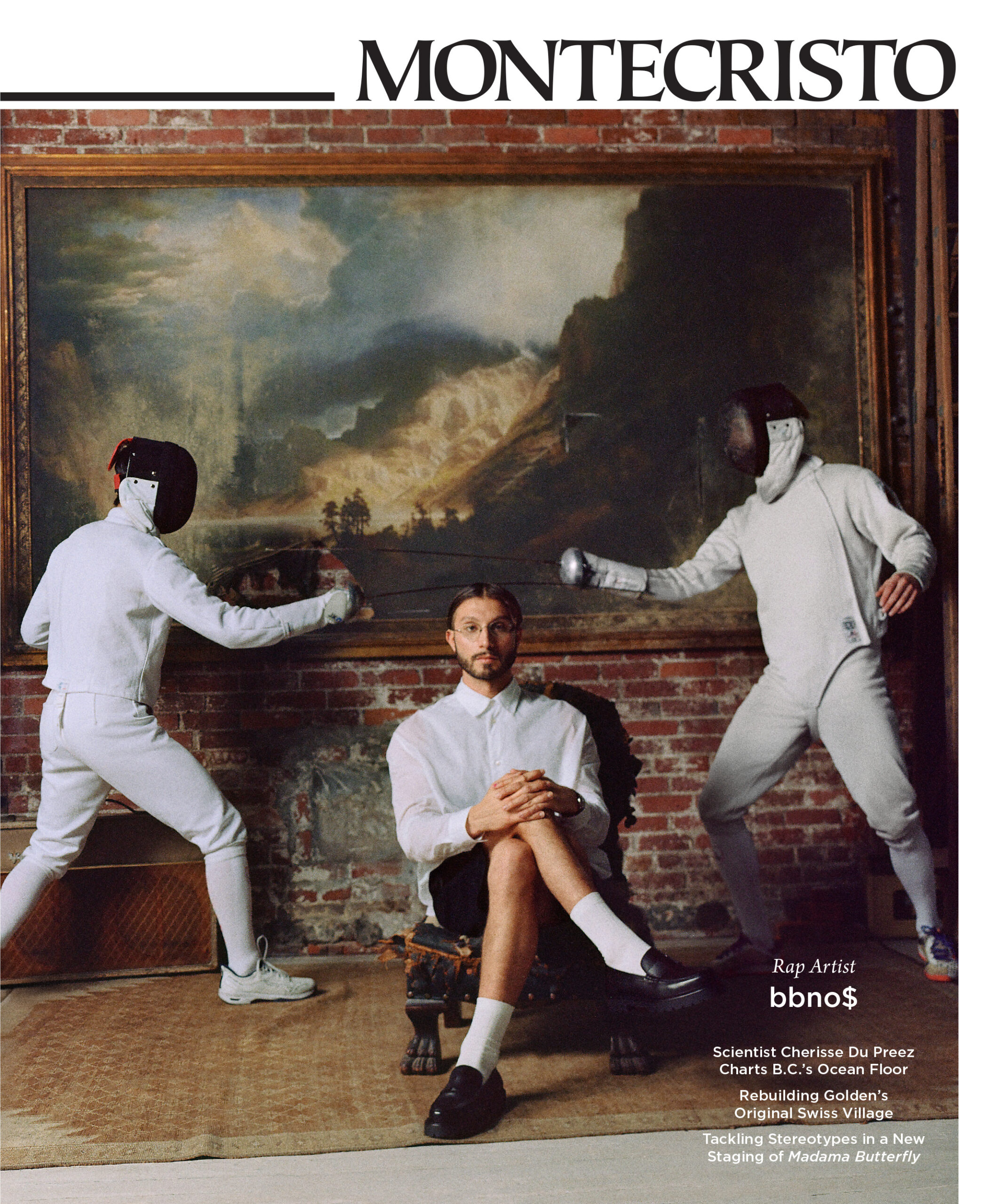In many ways, Terry Fox’s Marathon of Hope was like any other road trip with the guys. In 1980, the 21-year-old and some companions—friend Doug Alward and brother Darrell Fox—piled into a Ford Econoline van and headed out on an epic journey that would come to define them. Along the way, they scarfed burgers and quaffed beers, rocked out to Billy Joel, posed for photos in front of landmarks, and collected keepsakes. Still, there was something wholly special about this adventure: every morning before dawn, Fox would rise and run a full marathon on his prosthetic leg. It’s the juxtaposition of an ordinary kid doing something extraordinary—something that captivated the country—that emerges from the “Terry Fox: Running to the Heart of Canada” exhibition at Victoria’s Royal BC Museum, on show from April 12 (the 37th anniversary of the beginning of the Marathon of Hope) to October 1, 2017.
“He was just a regular guy,” recalls Bill Vigars, who joined Fox on the road as the publicity chief for the run. “What you saw was what you got. Nobody wrote his speeches; he spoke from the heart. And that was, I think, why people fell in love with him. Because he was for real and he really, truly believed in what he was doing—and that was trying to find a cure for cancer.”
The Marathon of Hope started in St. John’s, Newfoundland on April 12, 1980, when Fox dipped his artificial leg into the Atlantic Ocean. Three years earlier, his right leg had been amputated 15 centimetres above the knee after he was diagnosed with osteogenic sarcoma (bone cancer). Spending time with other young people in the cancer ward deeply impacted him, and he felt it was his duty to do something to help them.
“Terry liked kids,” explains Vigars, standing at the entrance to the exhibition, while a video of Fox doing his trademark “Fox trot” loops on a big screen beside him, the rhythmic sound of his gait reverberating through the space. Dressed head-to-toe in black (save for a white print of Fox’s smiling face on the front of his T-shirt), Vigars himself could be part of the exhibit. “It was an incredible adventure. Everything I look at here is a memory and a story,” he says of the emotive collection. There’s the gallon jug of water Fox collected from the Atlantic and planned to dump in the Pacific; a KFC bucket that served as a collection box for donations; mementos gifted to Fox along the way; the young man’s journals; and, of course, the iconic fiberglass leg, a white sock slouched at the ankle and feeding into a weathered blue Adidas sneaker. The van itself, refurbished by Ford after it was tracked down in Vancouver by artist Douglas Coupland, welcomes visitors in the museum lobby.
For Vigars, the most personal pieces of the exhibition are the letters his own children wrote to Fox. Kerry Anne, who was nine during the Marathon of Hope, and Patrick, who was eight, had joined their dad on the road during their summer vacation from school. They left a couple of days before the marathon came to its tragic end on September 1, 1980, after 143 days and 5,373 kilometres (Fox’s cancer had returned, spreading to his lungs, and he could no longer run). Back at school after the once-in-a-lifetime experience, Kerry Anne and Patrick worried about and missed their friend, so they wrote him letters—as did tens of thousands of other Canadians across the country. Some 60,000 of those notes, cards, artworks, and poems can be found, digitized and searchable, in the exhibit. Young Patrick wrote of his birthday party and a friend who would be there, telling Fox, “He is my best friend next to you.”
Fox’s plan was to raise $1 from every Canadian to support cancer research. After his run ended, the nation rallied behind him, holding hundreds of fundraising events across the country and ultimately helping him reach is goal. Fox died an international hero on June 28, 1981.
Today, there are more than 900 Terry Fox Runs in communities across the country, and more than $715 million has been raised in his name for cancer research. “We all know Terry Fox was a remarkable man,” says Royal BC Museum CEO Jack Lohman. “He is the very definition of a Canadian hero and the personification of the values of courage, determination, selflessness, and, of course, humility. Hosting this exhibition is an excellent way for us to celebrate Canada’s big anniversary this year, but it’s also a way to reconnect visitors and a new generation with the understanding and the importance of cancer research.” Exactly what Fox would have wanted.
Read more from our Community section.












